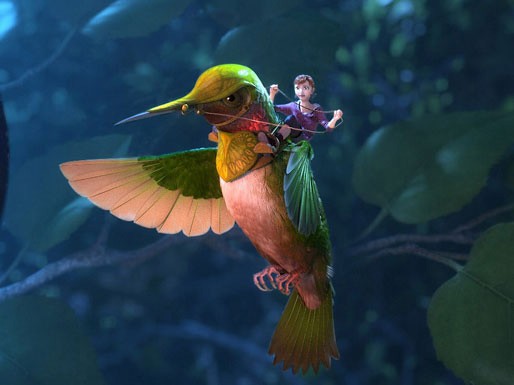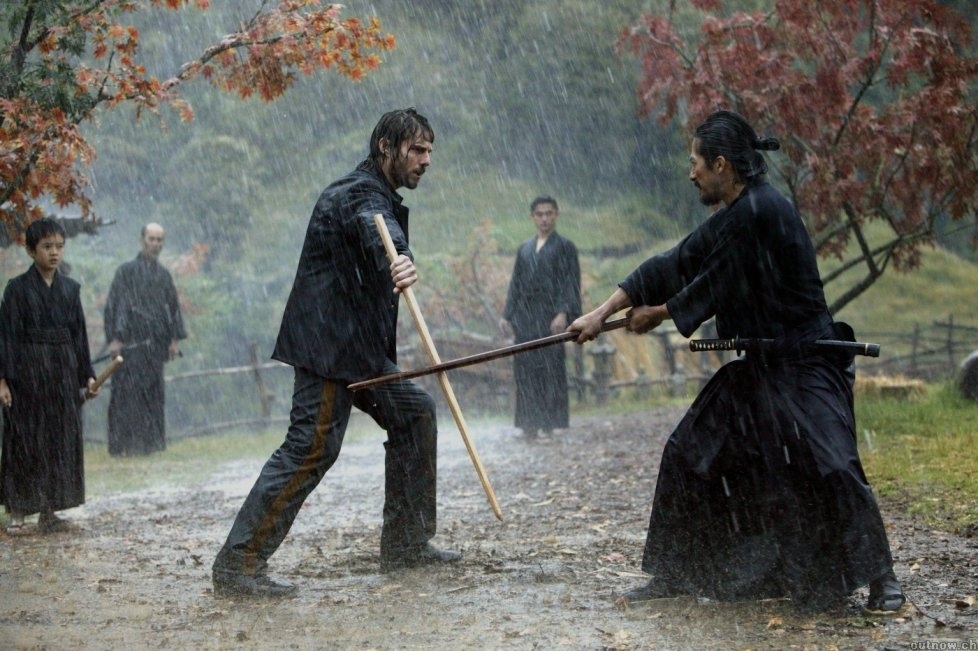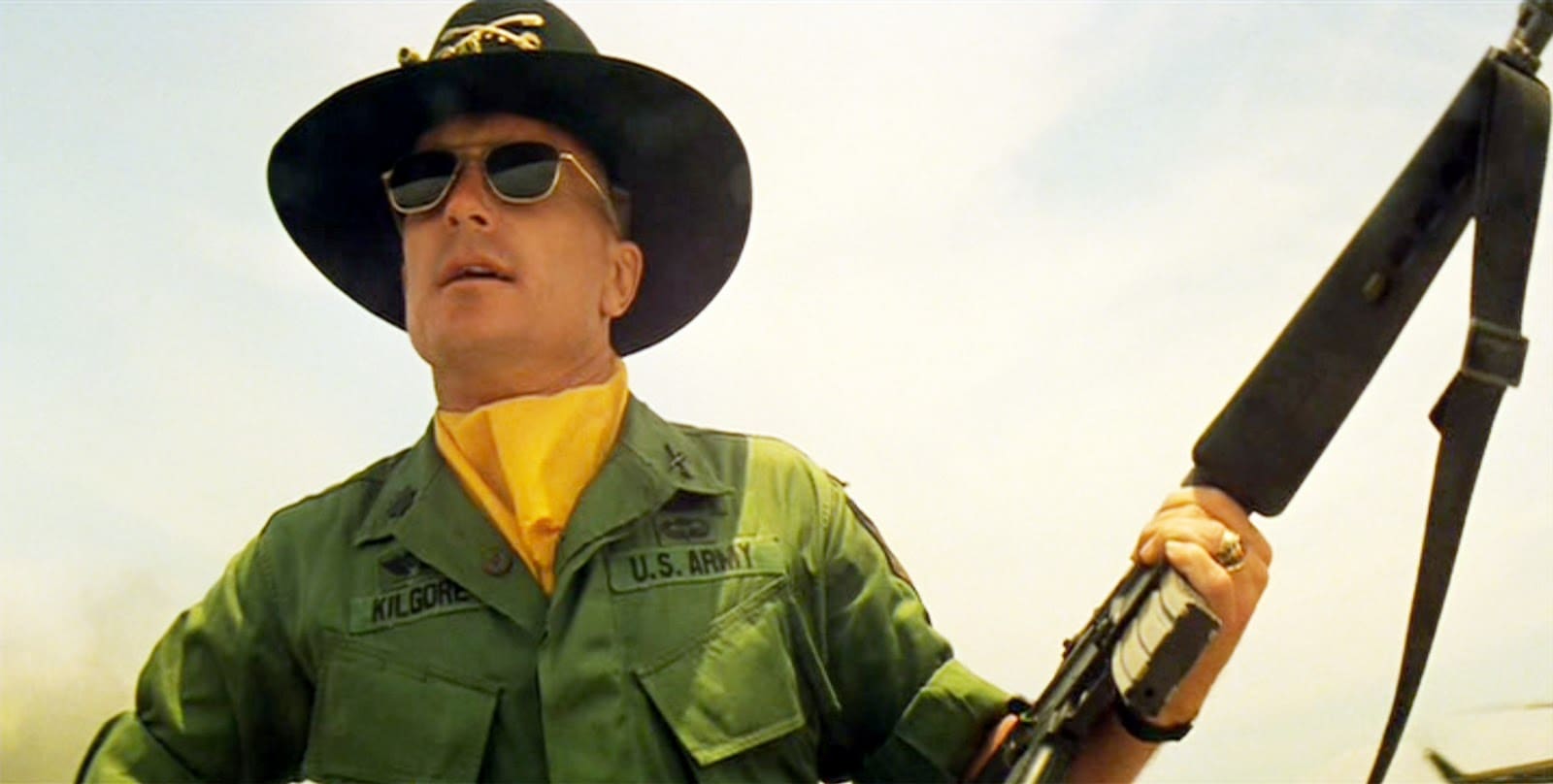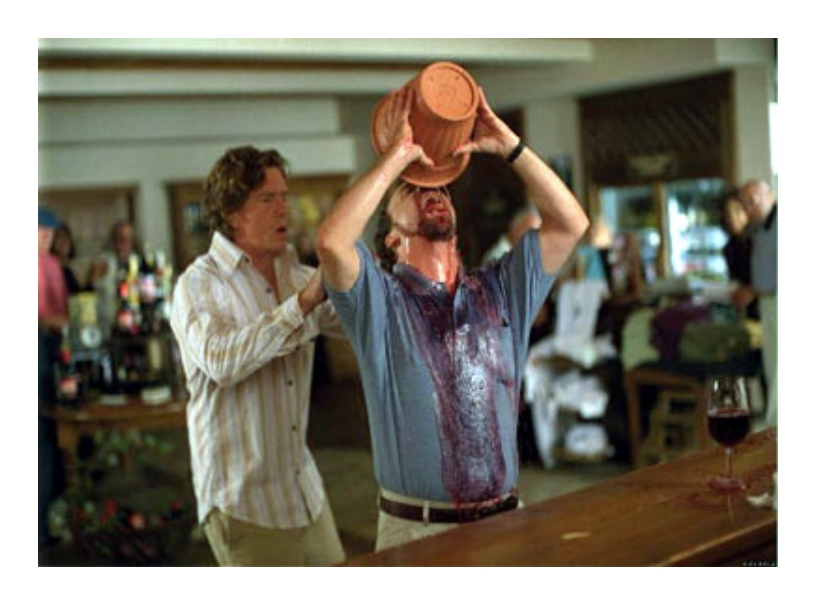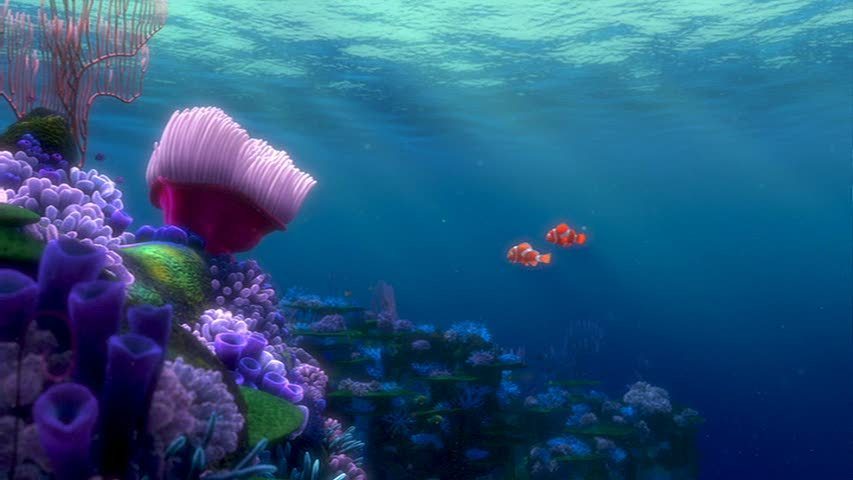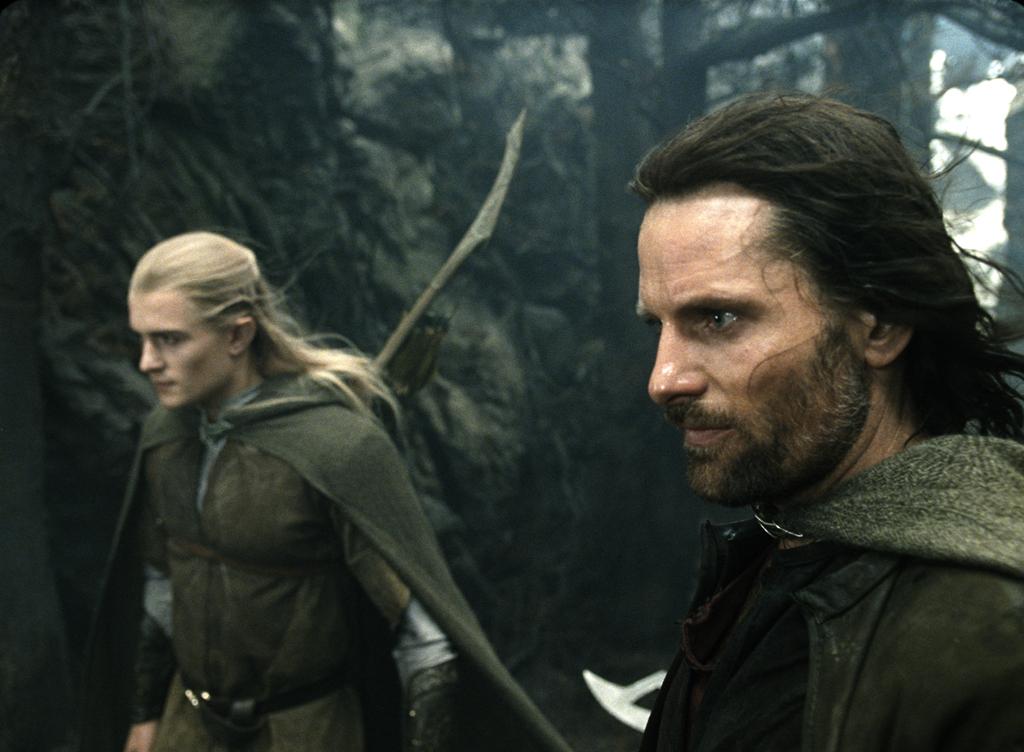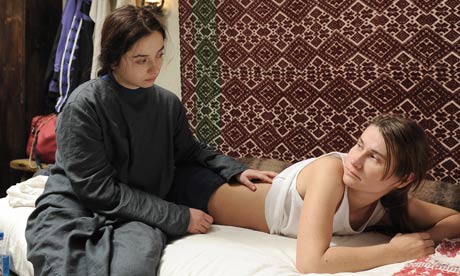Star Trek: Into
Darkness (2013): Written by
Roberto Orci, Alex Kurtzman, and Damon Lindelof. Directed by J. J. Abrams. Starring: Chris Pine, Zachary Quinto, Benedict
Cumberbatch, Zoe Saldana, Karl Urban, John Choe, Simon Pegg, Bruce Greenwood,
Peter Weller, and Anton Yelchin. Rated PG-13 for: Sci-fi action and violence. Running
Time: 133 Minutes.
Ratings-
Film as a whole- 2.5/4
Special Effects
and Visual Design-
4/4
Soundtrack- 4/4
Acting- 3.5/4
Screenplay/Writing/Plot- 2/4
Surprise “Twist”
Ending-
0/4
*note- this
review will spoil all the major twists and reveals in the movie (or at least
the ones that matter). A second warning
will be placed in the necessary spot.
This review will also be looooooong. You have been warned*
While mentally preparing myself for Star Trek: Into Darkness (I’d thankfully
been told the major twist beforehand, and thus was able to soften the blow),
the thought occurred to me that the biggest challenge facing this new franchise
is that Star Trek, as a whole, has never really worked as a stand-alone film
series. All the movies up to now have been
continuations of the show in some way or another. The obvious advantage of this is that, when
you have a show backing your movie up, you can use the show to develop
character arcs, establish who’s who and what’s what, and then use the movies to
say, “Alright, you know the players and parts, now watch them have a cool
adventure!” When all you have are films,
you have to pull time and energy away from the story and adventure to try and
both establish characters AND give at least some of them a semblance of an
arc. In most cases, both the character’s
development and the story/adventure setup will suffer as a result.
As an example of how difficult it is
to do this, let’s briefly revisit The
Avengers. Our current Avengers team
consists of six people. Backstories and
characters are not explained at all in The
Avengers, everyone is just tossed into a mixer and left to sort things
out. And the result was, to coin a
phrase, AWESOME. The only reason that
movie was able to do this, however, was because they had a total of five feature
length films (ten hours of screen time) prior to the main event building up
characters, plots, and plot devices. And
yet, after ten-plus hours of film time to set up the ultimate movie, only four of the six Avengers had fleshed-out backstories and had gone through significant character
arcs in one form or another (three if you don’t want to count the Hulk, due to the
actor-change).
Now let’s consider Star Trek- the
original crew of the fabled Enterprise consists of seven players that must, by
fanboy law, be in any remake- Kirk, Spock, Uhura, Scotty, Tchekov, Sulu, and
McCoy. That’s one more than the entire
Avengers team, and this new series has neither a baker’s half-dozen earlier
movies nor a TV series to back it up,
meaning that Abrams and his crew have taken it upon themselves to try to do in
4-5 hours what the Avengers couldn’t fully pull off in twelve (The Avengers itself included).
This is not intended to be either
praise or condemnation of Abrams, simply an acknowledgement of the difficulty
of what he’s trying to do. The question
then is, how well has he done up ‘til now?
In the first film, I felt he succeeded admirably. There were few character arcs besides Kirk
and Spock starting their age-old bromance (plus the welcome addition of Uhura
getting more attention), and the story and villain were interesting, if rather
clichéd at times, but I felt it worked well enough because the whole purpose
was just to establish the new universe, bring in each major character, and show
how they all get thrown together. Into Darkness is a bit more of a mixed
bag. In some ways, it surpasses the
first film and expands the new universe in interesting ways, but on the other
hand, it also contains the single stupidest scene I have ever witnessed in a
Star Trek film. But we’ll get to that
presently.
First, let’s go over what we can
without dropping into spoiler territory.
As we begin the film, Kirk and the crew are observing a primitive
species on an unnamed planet, under strict orders to not reveal themselves (aka
the Prime Directive). Due to a crazy
plan gone awry, however, Kirk reveals the ship to the natives in order to beam
Spock out of an exploding volcano. This
is another of many, many occasions where Kirk breaks the rules and never really
faces punishment from Starfleet (who are apparently the Gotei 13 from Bleach in this new series, only slightly
less hapless). His reprimand gets pushed
the side as a rogue agent named John Harrison (played by the lovely Benedict
Cumberbatch) launches a series of debilitating terrorist attacks on Star Fleet
before fleeing to Kronos, home world of the Klingons. On a side note, one of the attacks involves
Noel Clarke from Doctor Who, whose handful
of scenes I actually found to be some of the most impressive and moving of the
film.
In the second attack, Captain Pike, Kirk’s mentor at Starfleet, is
killed. Kirk, determined to seek out
Harrison to exact revenge, convinces Dick Cheney….I mean, Admiral Markus to
send him and the Enterprise on a lone mission to Klingon space to either
eliminate or retrieve Harrison without provoking a war between the Federation
and the Klingons (by the way, I think the new designs for both the Klingons and
the Birds of Prey are fantastic). When
they arrive, Harrison willingly surrenders, although we soon find out that he
wanted to be captured (just one of the screenwriter’s little “borrows” from
other movies, albeit a small one).
However, the ship’s engines seem to have been “mysteriously” damaged
somehow, and as they try to repair the ship, Kirk learns that both Harrison and
his own mission are not what he thought they were, and even learns of a
possible threat within Starfleet command itself (that’s treated like a big
reveal, but it’s not- if you’ve paid the slightest iota of attention to Iraq
and the War on Terror in the past decade, you’ll know who it is instantly).
Before we go further with the
movie’s story (which necessitates spoilers), let me quickly go over the things that work throughout the whole film,
things which, in my opinion, make the film absolutely worth seeing despite its
flaws. Star Trek, as many have observed,
has been so great and enduring precisely because of the strength of its
characters and how well they play off each other. For any Star Trek film to be worth anything,
it HAS to get the characters right and give them the time to just interact, and
both this and the first film do an excellent job in this regard. This is a solid cast from top to bottom, and
there was never a moment (well, okay, one) where I didn’t buy these guys as THE
crew of the Enterprise.
The soundtrack is even better than
the one we got in the last movie, especially when the theme rises up to match shots
of the ship. There’s one fantastic image
of the Enterprise, after nearly crashing into the Earth, rising triumphantly
from the clouds to a brilliant orchestral swell. It’s a moment that makes up for all the long
years Gene Roddenberry had to put up with terribly low budgets, and is the sort
of over-the-top, exuberant romanticizing of its own subject matter that only a
long-established franchise like Star Trek is permitted to indulge in. The effects and visuals, like the designs,
are excellent, despite Abrams’ now-standard egregious use of lens flare
(although, as one friend pointed out, whether or not it harms the film is a
matter of taste). I personally can’t
stand the flares, but they never ruin the film for me. The action is (for the most part)
well-choreographed and well-filmed, with a minimum of the absurd shaky-cam that
ruins so many potentially good action movies.
All of that said though, it is now
time to dive into the two major spoilers of the film (although I suppose it’s
technically three, but one of them is intimately tied into another one). This is your last warning if you have not
seen the film yet and want to go in cold, which I honestly would not
recommend. Knowing the ending allowed me
to refurbish my mental barricades to ward off the approaching Stupid. Decided?
Okay, here we go.
The first major “twist” (even though
it isn’t) is that Harrison is really Khan, which should surprise no one who saw
either Space Seed or Wrath of Khan and is paying attention when
the other characters start describing Harrison as a superman. Out of the three major twists in the film,
this is the one that works the best, mostly because Cumberbatch sells the HELL
out of his rendition of Khan. He’s
strange, he’s threatening, and until the end you never know quite exactly what
he’s trying to do, which allows Cumberbatch to rise above the occasionally
shoddy writing the character gets, especially in the film’s conclusion. Whereas Wrath
of Khan ends with Ricardo Montalban quoting Captain Ahab before blowing
himself up just to get one last shot at killing Kirk, Into Darkness ends with Khan descending into animalistic howls of
fury before getting beaten into unconsciousness and refrozen, “presumably” for
good. While it definitely falls short of
the incredible finale to Wrath of Khan,
it’s STILL better than getting taken out via PVC pipe.
The fact that the villain is Khan,
however, brings us to the second major “twist” of the movie, and sadly, this
one cannot rectified by the presence of Cumberbatch. The conclusion to the film, with the
exception of an incredible sequence where Khan drives his broken starship
through half of futuristic San Francisco (destroying Alcatraz in the process-
irony?), is a shocking drop from the solidness of the movie’s first two hours
into the Big Wormhole of Idiocy. Rather
than try to build off their alternative story of Khan’s awakening to come up with
their own ending to the movie, Abrams and his writers make the very, very
foolish mistake of recreating the end of Wrath
of Khan. Not only do they re-do the
ending (but with a role-reversal), they do so almost word-for-word.
The major difference here though
(the ONLY difference) is that it’s Kirk sacrificing his life to save the ship
and crew, and Spock is the one helplessly watching from the other side of the
glass door. After tricking Khan into
thinking they killed his crew, the Enterprise loses power and begins to plummet
towards the earth. The reason is the
same as in Wrath of Khan- the power crystals are unaligned, preventing the ship
from regaining full power, but the compartment containing them has been flooded
with radiation that will kill anyone exposed to it. The role-reversal begins when Kirk knocks out
Scotty and goes into the chamber alone to reset the crystals. He succeeds, and Spock is able to right the
ship just in time (leading to the previously mentioned F*** YEAH moment with
the rising ship). However, Spock soon
learns of Kirk’s actions, and rushes down to the engineering room, where, as
Kirk dies, we get a word-for-word retread of Spock’s death from Wrath of Khan (seriously, almost every
line is plucked directly from the original Nicholas Meyer script).
Overwhelmed by Kirk’s death, Spock
does the KHAAAAAAAAN shout (yes, that shout), and beams down to the surface to
chase down Khan and beat him into unconsciousness. He refrains from killing him though, because
McCoy happens to notice that a dead Tribble he injected earlier with Khan’s
blood (because, y’know, why not?) is now alive again, meaning that if that they
take Khan alive, they can use his blood to bring Kirk back to life. Which they do, Khan is refrozen, and the film
promptly ends.
Hoo boy. Where to begin.
The thing is, I can get behind the
idea of doing a role-reversal of the ending of Wrath of Khan. It’s not the
worst way to pay tribute to the original cast while still creating your own
version of it. But that’s the catch- it has to be your own version, something
unique, not a copy/paste job. There
is a fine, fine line between paying homage to something and leaning on it to
make up for your own lack of creativity, and Into Darkness stomps across it with steel-tipped combat boots. This is not paying tribute to Wrath of Khan, this is using the film as
a crutch, and it just does not work. The
many minute details and throwbacks that these guys have written in to the
script should mean that they
genuinely want this series to appeal to both old fans and new, so why do
something that no long-standing fan of the franchise could ever take
seriously? Any possible emotional
investment in the scene is driven away by the constant thought of “Why are they
ripping off Wrath of Khan? WHY?”
Leonard Nimoy himself (in his utterly pointless, fanboy-pandering cameo)
says, “You all have your own destinies, different from ours. You must make your own choices.” Okay, great, but why don’t the writers seem
to know that? They were doing just fine
up until now. Why did they feel the need
to enslave their supposedly new franchise to the original series instead of
actually letting them be their own versions of well-loved characters? Did they just completely run out of creative
energy at the very end? It sure feels
like it.
What makes this so baffling to me is
that it’s been FOUR YEARS since the last Star Trek movie. In FOUR YEARS TIME these people apparently
never sat down for more than five minutes to really think about this scene and
to try and come up with different ways of doing it. Have Kirk make a life-threatening
decision. Have him sacrifice himself. Let Spock have the emotional breakdown, let
him do the final chase with Khan. Let
there actually be consequences for Kirk’s decisions so it’s possible for us to
believe that he really is maturing, that he’s learning, that he’s becoming the
capable captain we know he can be. There
are countless ways they can do all of this without resorting to fan service of
the cheapest and most offensive variety.
Every Star Trek film, even the bad or mediocre ones (and there are
several of those), has brought something new to the table, some new idea or
villain, or a different story using a classic one. Into
Darkness will forever carry the (in my opinion) ignoble distinction of
being the first Star Trek film to be so desperate as to rip off another Star
Trek film.
FURTHERMORE, the issues with the
movie’s ending go beyond simply copying another, better movie instead of being
original. Here I am talking about the
(completely invented) plot device of Khan’s blood that allows them to
immediately revise Kirk with no ill effects whatsoever (other than him sleeping
for two weeks, oh how terrible). Even
when they brought Spock back, it took an entire movie AND Kirk’s son dying
before he was alive again, and it took ANOTHER movie before he recovered his
memory.
The problem with this little plot
device is that it results in the film ending with a massive, gaping plot hole
hanging over the end credits- Star Fleet now has the frozen bodies of
SEVENTY-TWO genetic superhumans, all of whom, we must now assume, have this Great
Elixir Blood, just sitting around in stasis.
Meaning that they have a damn-near limitless supply of this blood
available to use and test and spread throughout the galaxy, meaning that, in
future films, NO ONE (even the red shirts) should be suffering from disease or
injuries that don’t completely destroy the body. One person suggested to me that, to do that,
they would have to revive Khan and his people, which would be too dangerous. Except McCoy himself kicks that argument in
the groin earlier in the film when he takes one of the other supersoldiers out
of their freezer to preserve Kirk’s body, and just keeps the person in an
induced coma. That’s technology that WE
possess in our 21st century, so there’s no reason that Star Fleet
shouldn’t be able to manage that hundreds of years in the future. And when the body is in a coma, the blood
runs normally, and certain amounts can be extracted for regular tests. The movie also establishes that Khan (and,
again, his crew) can recover astonishingly quickly, so they should be able to
draw even more blood even more often from these people than they could from
normal humans. It does not make
sense. It reeks of a cheapie plot device
they thought up on the spot to bring Kirk back consequence-free, without ever
stopping to seriously consider the host of prickly questions this decision
opens up. Again, like with Kirk’s death,
I can’t help but believe that Abrams and his team completely ran out of ideas
and tried to make up for it in the most hackneyed way possible.
I really don’t like this
ending. I don’t like the fact that I
have to beat up the movie so much for this ending. As I said before, there really is a lot of
good stuff worth watching here, and I still recommend seeing the film, but
damn, the ending bites. Abrams is in
charge of two of the greatest sci-fi franchises ever at the moment, and after
less than two movies, he’s apparently out of ideas, imagination, and creative vision. It’s not *quite* enough to ruin this film,
but it does not bode well for either the upcoming Star Wars films or the future
films in this new Star Trek franchise.
Here’s hoping he gets a second wind, and soon.
-Noah
Franc

